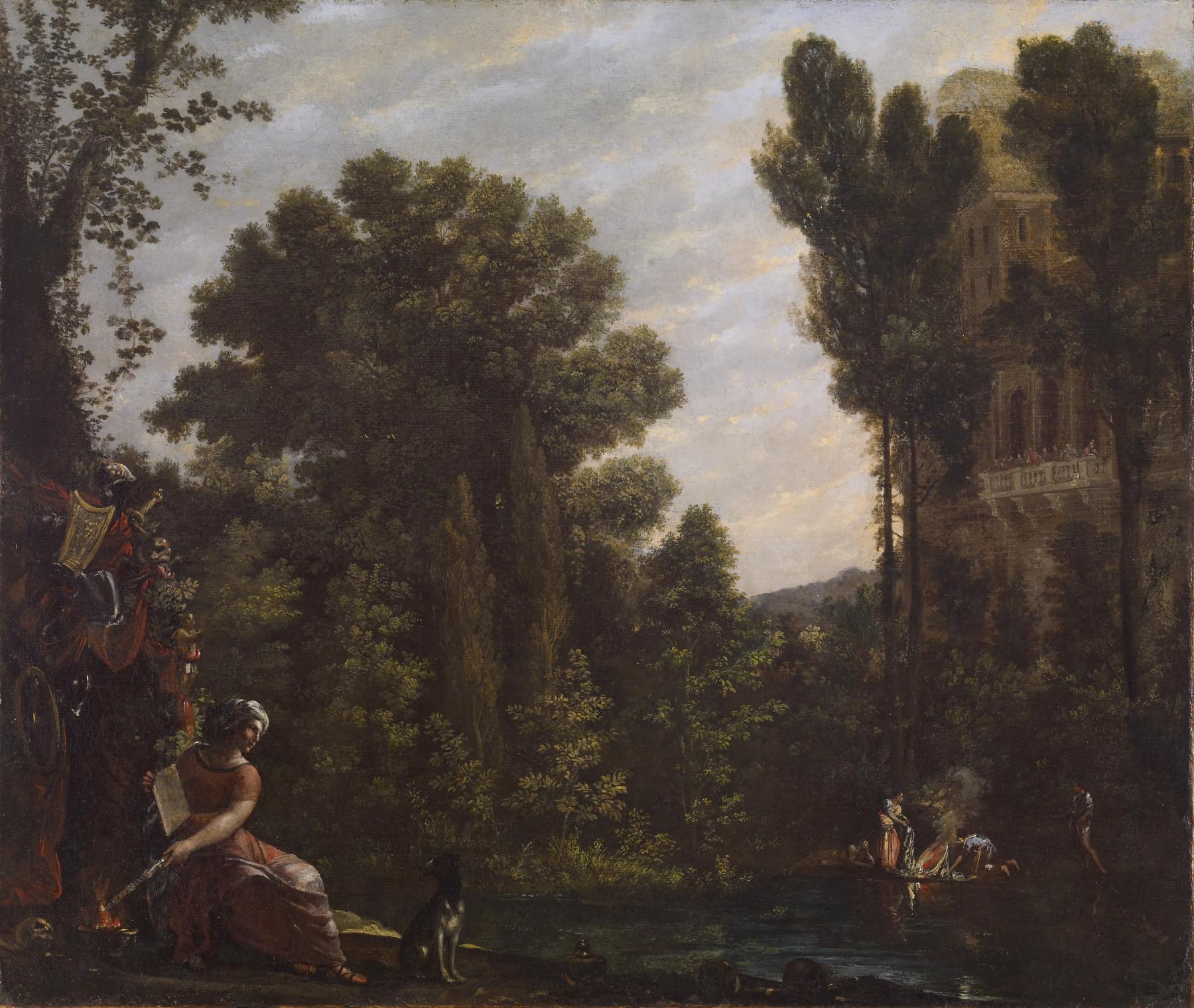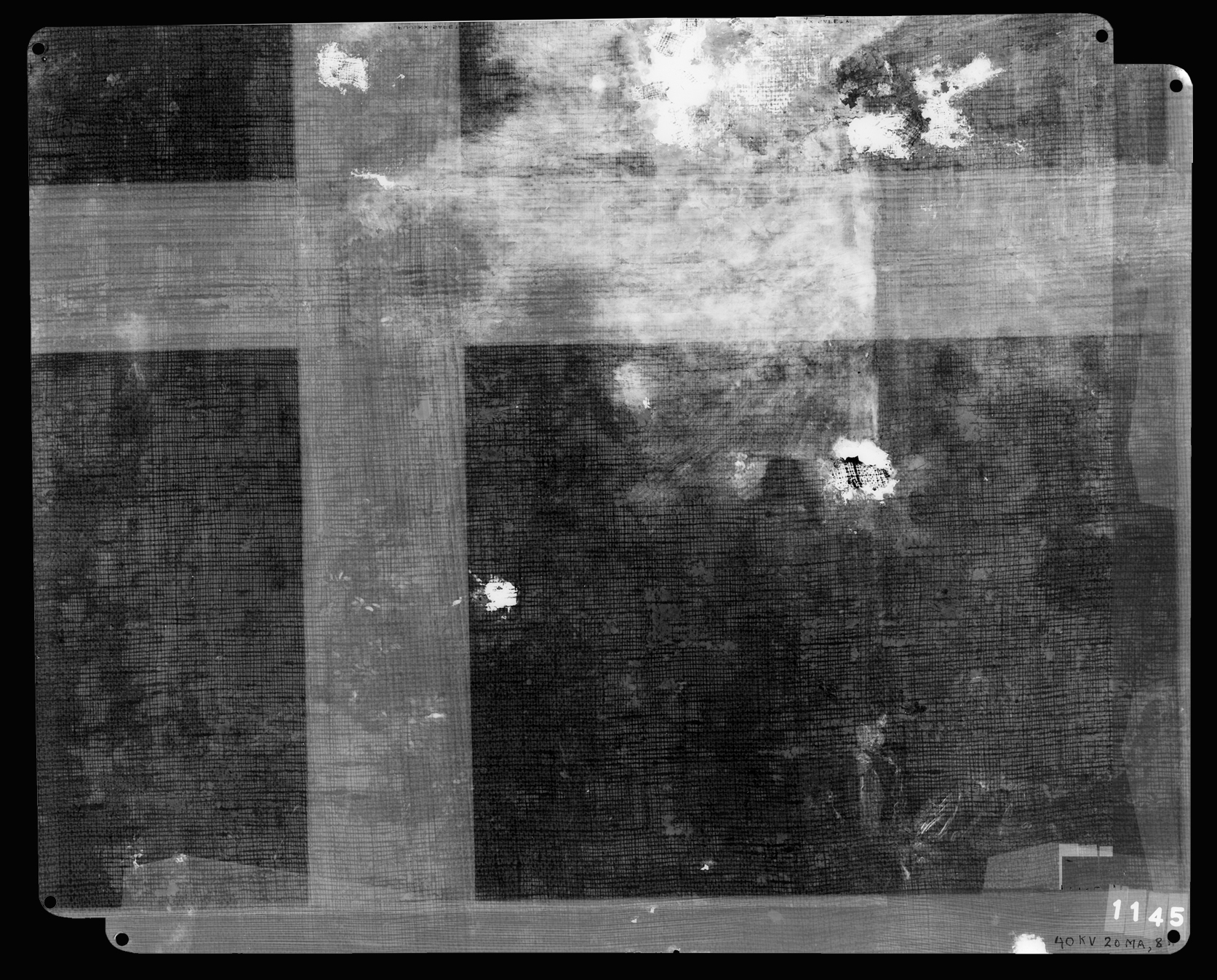Landscape with a Scene of Witchcraft
(Baroque Europe )
A witch seated in a landscape and accompanied by a monster is casting spells with macabre objects, including a human skull. Tassi specialized in the representation of landscapes and architecture. In this painting, he has imagined the forest as a place beyond civilization where demonic powers can be unleashed.
The belief in witchcraft was common during Tassi's time. In romance poetry, witches were often described as beautiful and seductive creatures, and Tassi painted his image in this vein. The motifof the witch is taken from a painting by Dosso Dossi, who had arrived in Rome ca. 1608 (for which see the catalog Nature et Ídeal, Le paysage à Rome 1600-1650 (Paris: Grand Palais, 2011), p. 182 (by Patrizia Cavazzini)
Provenance
Provenance (from the French provenir, 'to come from/forth') is the chronology of the ownership, custody, or location of a historical object. Learn more about provenance at the Walters.
Don Marcello Massarenti Collection, Rome, prior to 1897 [mode of acquisition unknown] [1897 catalogue: no. 423]; Henry Walters, Baltimore, 1902, by purchase; Walters Art Museum, 1931, by bequest.
Exhibitions
| 2011 | Nature et Ideal. Galeries nationales du Grand Palais, Paris; Museo Nacional del Prado, Madrid. |
| 1993 | Hot, Dry Men; Cold, Wet Women. Williams College Museum of Art, Williamstown. |
Geographies
Italy, Rome (Place of Origin)
Measurements
Painted surface H: 24 7/8 x W: 29 5/16 in. (63.2 x 74.5 cm); Stretcher H: 25 3/8 x W: 29 7/8 in. (64.5 x 75.9 cm); Framed H: 36 x W: 40 1/4 x D: 5 1/4 in. (91.44 x 102.24 x 13.34 cm)
Credit Line
Acquired by Henry Walters with the Massarenti Collection, 1902
Location in Museum
Accession Number
In libraries, galleries, museums, and archives, an accession number is a unique identifier assigned to each object in the collection.
In libraries, galleries, museums, and archives, an accession number is a unique identifier assigned to each object in the collection.
37.1145




